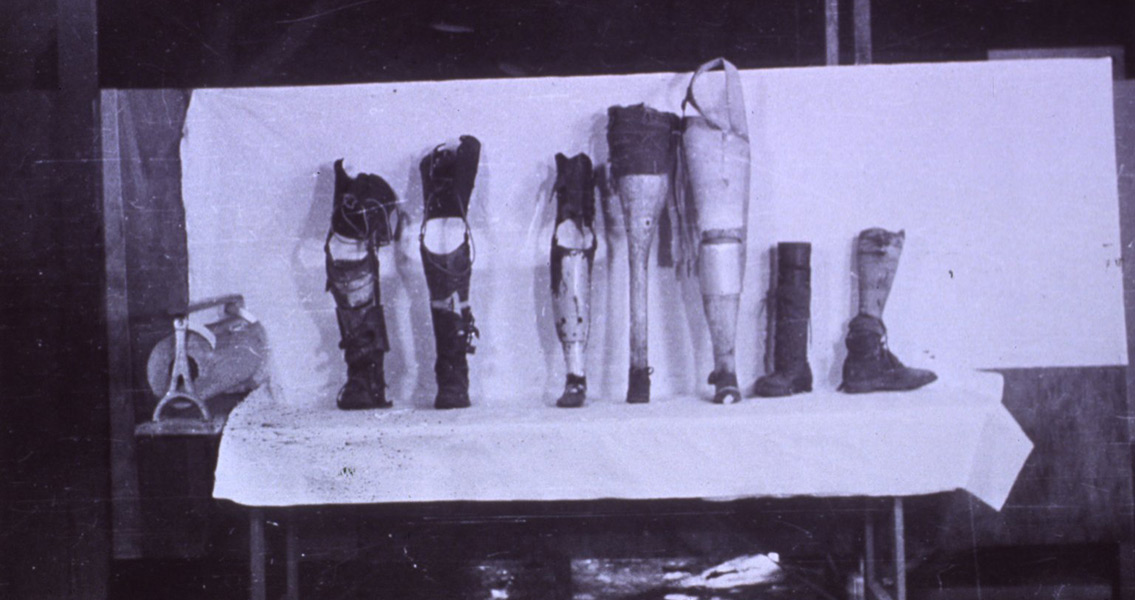<![CDATA[A prosthetic leg with a hooved foot has been discovered in a tomb containing the remains of a man who died 2,200 years ago. Based on radiocarbon dating, archaeologists believe the cemetery, discovered in Turpan China, is home to the remains of a group of people referred to as the Gushi. The man’s tomb is one of 30 excavated by archaeologists, his remains were found with the prosthetic still attached to his deformed knee. Ancient records reveal that China's Han Dynasty conquered the Gushi state during a first century BCE military campaign. Study of the Gushi culture is at an early stage, with the cemetery providing new and valuable materials. The prosthetic leg was constructed using poplar wood with seven holes found along both sides with leather straps which were used to attach it to the deformed leg. The lower section of the prosthetic leg is cylindrical in shape, wrapped with an ox horn and finally tipped with a horse hoof, which experts believe helped with the prosthetic leg's traction while walking. Inside the tomb, excavators also found the remains of a young woman, believed to be in her early twenties. The woman’s remains were added to the man’s tomb sometime after his death and researchers have been unable to determine the relationship, if any, between them. When the body of the young woman was added to the tomb it disturbed the man’s bones. Upon opening the tomb researchers were able to quickly determine the left leg of the man was deformed; the patella, tibia and femur were fused together at an 80-degree angle. The deformation would have precluded both the ability to walk or ride a horse. With the prosthetic leg attached, the man would have been able to walk with the horse hoof acting like a foot. The severe wear pattern found at the top suggests the prosthetic had been in use for some time. The man whose remains were in the tomb is estimated to have been between 50 and 65 years old at the time of his death. Researchers have estimated that he would have been around 5 feet, 7 inches (1.7 meters) tall and appeared to be of modest means given the non-luxurious items found in the tomb with him, including a ceramic jar and cups, wooden bows and a wooden plate. The only other known prosthetic leg to be discovered in the world dating to the same time period was an incomplete bronze leg unearthed in Capua, Italy, which was destroyed during a World War II bombing raid. Prosthetic toes, which have been dated to even earlier times, have been discovered in Egypt. The excavations in the cemetery were completed between 2007 and 2008 by scientists from the research institute Academia Turfanica. The paper which reported the findings was published in Chinese in 2013, in Kaogu, an archaeological journal. The research was only recently translated into English for publication in the journal Chinese Archaeology. ]]>
Prosthetic Leg Found Attached to 2,000-Year-Old Remains
